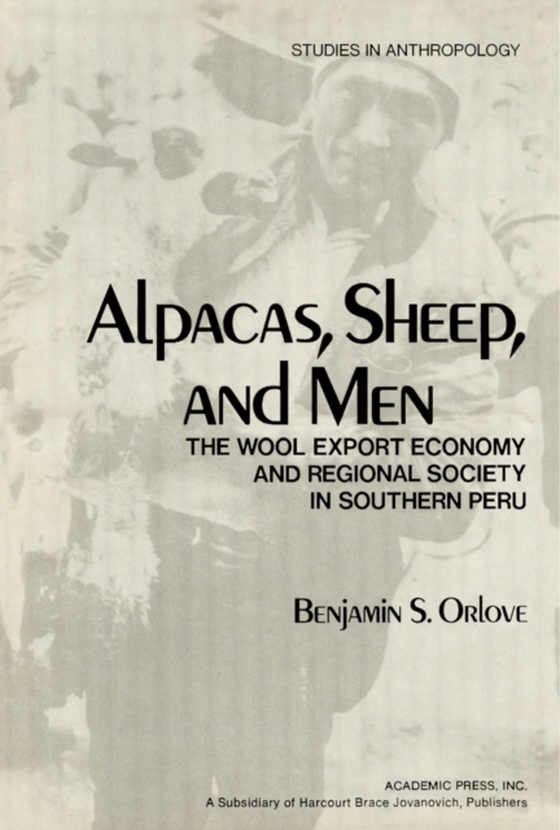
Alpacas, Sheep, and Men e-bog
591,74 DKK
(ekskl. moms 473,39 DKK)
Alpacas, Sheep, and Men: The Wool Export Economy and Regional Society in Southern Peru investigates the response of the Sicuani region in southern Peru to the wool export economy and its consequent integration into the nation-state in the late nineteenth century. The book traces the economic and political conflicts engendered by the export economy, such as those between landlords and peasants i...
E-bog
591,74 DKK
Forlag
Academic Press
Udgivet
10 maj 2014
Længde
292 sider
Genrer
Industry and industrial studies
Sprog
English
Format
pdf
Beskyttelse
LCP
ISBN
9781483274546
Alpacas, Sheep, and Men: The Wool Export Economy and Regional Society in Southern Peru investigates the response of the Sicuani region in southern Peru to the wool export economy and its consequent integration into the nation-state in the late nineteenth century. The book traces the economic and political conflicts engendered by the export economy, such as those between landlords and peasants in the countryside and landlords versus traders in town. It also examines how these conflicts shaped the metamorphosis of a closed, isolated, localized society into an open one and its incorporation into national politics as well as global economics. Comprised of 11 chapters, this book begins with a review of the theories of modernization and dependency, followed by a discussion on the development of the world market for wool and the component elements of the wool economy of the entire southern Peru. Subsequent chapters focus on the regional society in more detail, with emphasis on the concept of region and the economic activities of different sectors; variation in forms of land tenure and labor relations in two provinces; the relations among herders, peasants, and artisans; and regional politics. The three major groups of artisans and workers in the region who use wool are considered, namely, urban furriers, textile mill workers, and rural weavers. The book concludes with an analysis of the fundamental importance of the wool export economy in the Sicuani region using the sectorial model. This monograph should be of interest to students and anthropologists.
 Dansk
Dansk

